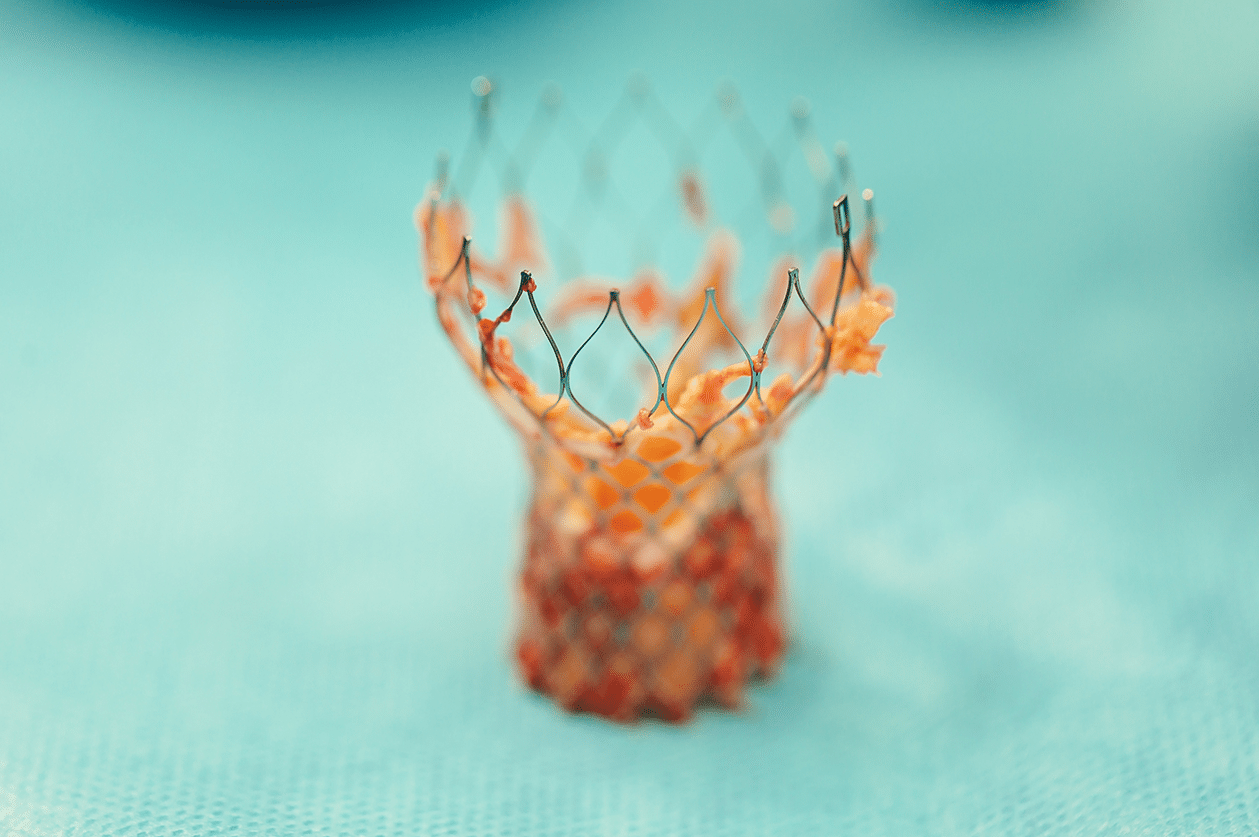Aortic valve replacement(AVR) is the standard treatment for patients with severe symptomatic Aortic Stenosis (AS). This procedure can be carried out surgically through open-heart surgery or through a minimally invasive approach. Both procedures have their own specific indications along with risks and benefits.
Indications for Aortic valve replacement (AVR)
The identification of candidates is based on symptoms and echocardiogram findings. The American Heart Association and the American College of Cardiology have released guidelines for AVR in 2014.
Valve replacement is highly beneficial and is strongly recommended
- Individuals who are symptomatic with severe AS with high-pressure gradient across the valve.
- Asymptomatic individuals with severe AS and a reduction in the left ventricle ejection fraction (LVEF) to <50%. The LVEF is a measure of the function of the heart and reduction is a marker for disease progression with poor prognosis.
- Individuals with severe AS who are planned to undergo some other cardiac surgery.
Valve replacement is beneficial and may be recommended
- Individuals who are asymptomatic with severe AS who are at low risk from surgery.
- Individuals with severe asymptomatic AS who experience a reduction in exercise tolerance
Choice of Valve Surgery
After the decision is made to replace the aortic valve, there are two procedures to consider
- Surgical Aortic Valve Replacement (SAVR)
- Transcatheter Aortic Valve Replacement (TAVR)
The patient undergoes evaluation by a multidisciplinary heart valve team which includes a cardiologist and a cardiothoracic surgeon.
Surgical Aortic Valve Replacement
This procedure involves open-heart surgery and is the treatment of choice provided the individual has a high mortality benefit and is not at increased risk of complications from surgery. This is preferred when the patient is to undergo cardiac surgery for another condition.
The procedure of Surgical Aortic valve replacement
The patient is taken to the operating room and is placed under general anesthesia. An incision is made into the chest to access the heart. The heart is stopped and the patient is placed on a heart-lung machine. The abnormal valve is removed and is replaced with a new valve. Once the procedure is complete, the patient is taken off the heart-lung machine. The skin is closed and he or she is revived from anaesthesia.
The new heart valve may be made from any of the following
- Animal heart valves from pigs or horses
- Metallic prosthesis
- Valves from human cadavers
Complications of Surgical Aortic valve replacement
- Complications related to anaesthesia
- Infection
- Heart attack
- Abnormal heart rhythms
- Blood clot formation
- Stroke
Post-procedure
After the surgery, the patient is placed for a specified duration on blood thinners to prevent clot formation on the new valve and also receives antibiotics to prevent infective endocarditis, an infection of the heart valves.
Transcatheter aortic valve replacement
This is a newer procedure that is minimally invasive. This procedure carries fewer risks and is the treatment of choice in patients who have contraindications to surgery. The benefits of TAVR are faster recovery and fewer days spent in the hospital as compared to SAVR. The long-term effects of TAVR appear to be favorable, however further studies and trials are required to recommend TAVR as first-line therapy.
There are 3 approaches to access the heart to perform this procedure
- Transfemoral: the catheter is inserted through a puncture in the femoral artery located in the groin.
- Transapical: A small cut is made between the ribs on the left side of the chest overlying the apex of the heart.
- Transaortic: A small cut is made in the upper part of the chest at the level of the aorta.
The patient is usually sedated through the procedure and is given a local anesthetic to numb the pain from the cut. Heparin, a blood thinner is injected to prevent clot formation. A dye is inserted via the catheter and repeated images are taken to visualize the location of the tip. At the correct level, the catheter releases the new valve which expands and fits into position. The catheter is withdrawn.
Complications of TAVR
- Bleeding
- Incorrect positioning of the valve
- Blood clots
- Stroke
- Heart attack
- Abnormal heart rhythm
Post-procedure
Following the procedure, the individual is placed on medicines to prevent blood clots and to prevent infection of the new valve. To prevent clots, generally, two drugs, one of which is aspirin, is given for 3 to 6 months followed by lifelong aspirin.



